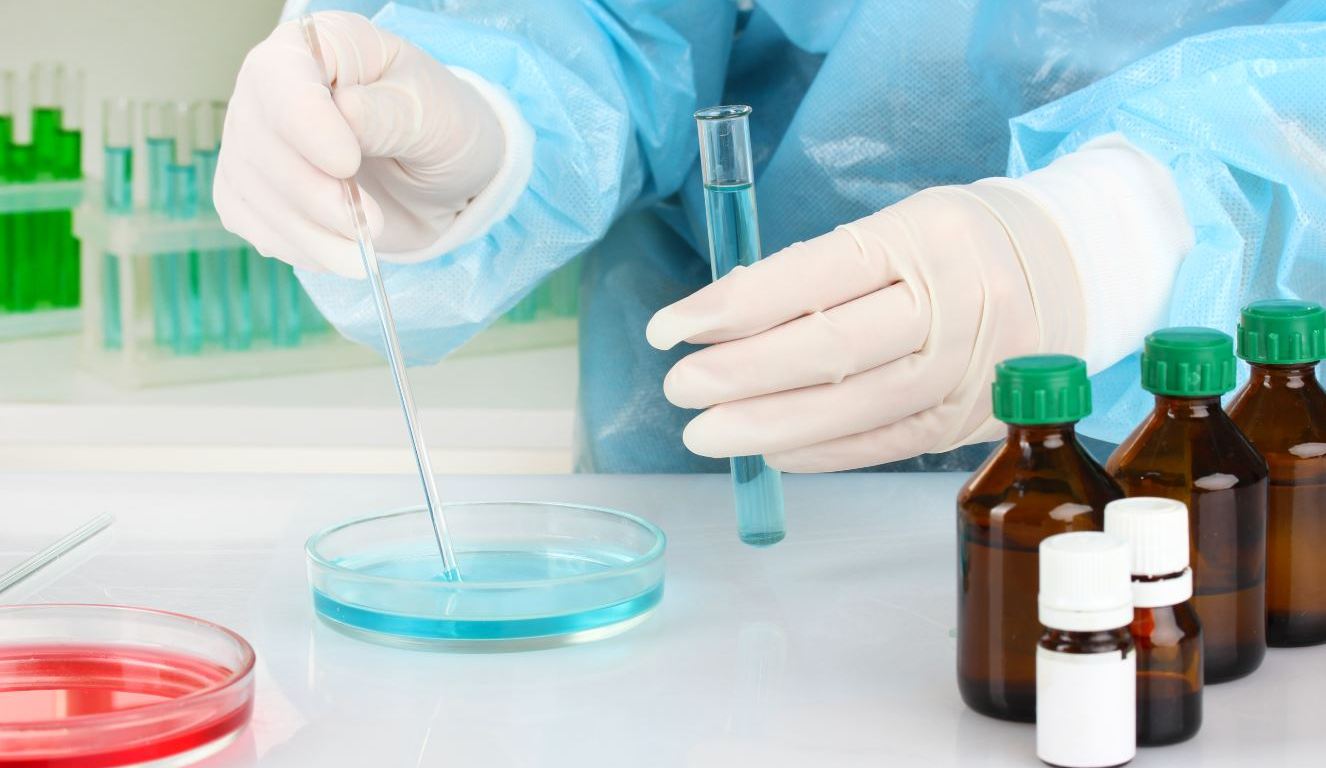
Agar plates are a key resource when working in the field of molecular biology. When working with microorganisms, agar plates allow proper control of bacteria, and prevent spreading between colonies. Made up of sub-units of galactose and algae, it is the main culture media used for microorganisms. Compared with lesser alternatives like gelatin, agar is not easily degraded by microorganisms, and is stronger and firmer. But the tricky part is preparing them, just like making jelly from scratch.
What you will need:
OR
- Tripod and Gauze Mat
- Bunsen Burner and lighting mechanism
- Sterile Petri Dishes – ensure lid is kept on until pouring
- Lab thermometer
- Agar Powder
- Distilled Water
- Glass stirring rod
- Heat resistant gloves
- Glass beaker or Flask (sterilised in autoclave)
Step 1
Line up the petri dishes you wish to prepare but leave the lids on to preserve sterility.
Step 2
Using the recommended ratios, measure according amounts of agar and distilled water into the beaker or flask.
Step 3
Secure the flask with the retort stand, or if using the beaker, place it on a gauze mat on top of the tripod, with a thermometer in the mixture. If you do not have any of these stands on hand, use a heat resistant glove to hold the mixture over the flame
Step 3
Use the glass rod to gently stir the mixture while holding over the heat. Boil for around 60 seconds, then remove from heat.
Step 4
Allow the agar temperature to fall to an ideal temperature of 47°C, or between 45 and 50°C.
Step 5
Pour the liquid agar into the petri dishes, individually taking off the lids and pouring. Pour in enough to just cover the bottom of the plate – around ¼ full. Replace the lids immediately before moving onto the next dish.
Step 6
Allow the agar plate to cool and set – it will set like a firm gel or jelly at room temperature. Once it has set, the plates are ready for storage, or use with bacteria.
Step 7
To store without condensation dripping onto the agar, plates should be stored in a refrigerator – not frozen – upside down, with agar at the top, lid at the bottom. This is an important step when storing, as condensation falling onto the agar will allow bacteria to spread between colonies on the agar.
Step 8
Culture your organisms! Use our range of inoculation loops and spreaders to start colonies on the agar plates, and our range of microscopy equipment and consumables will kickstart your research.

